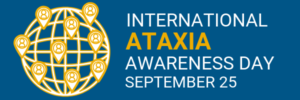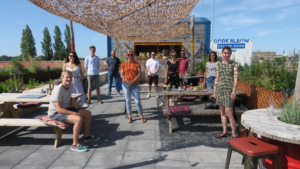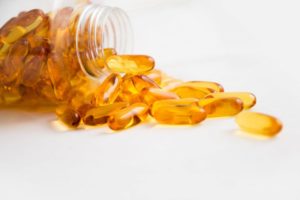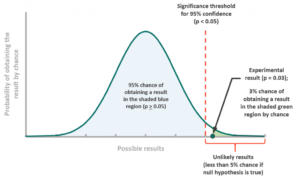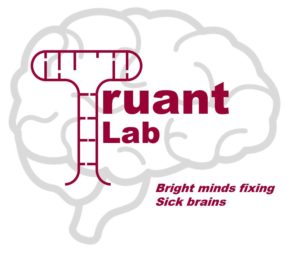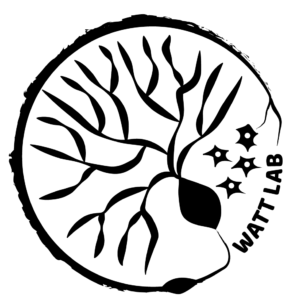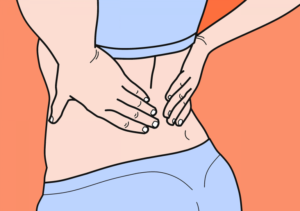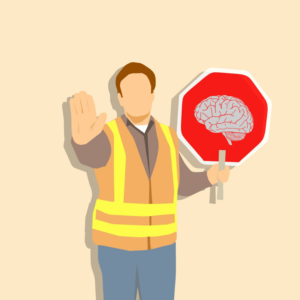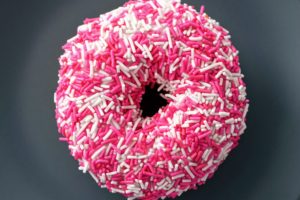
Mutated ataxin-1 protein forms harmful, doughnut-shaped aggregates that are not easily destroyed
Written by Brenda Toscano Marquez Edited by Marija Cvetanovic Insoluble clumps of mutated ataxin-1 capture essential proteins and trigger the creation of toxic reactive oxygen species. All proteins produced by our cells consist of long chains of amino acids that are coiled and bent into a particular 3D structure. Changes Read More…


